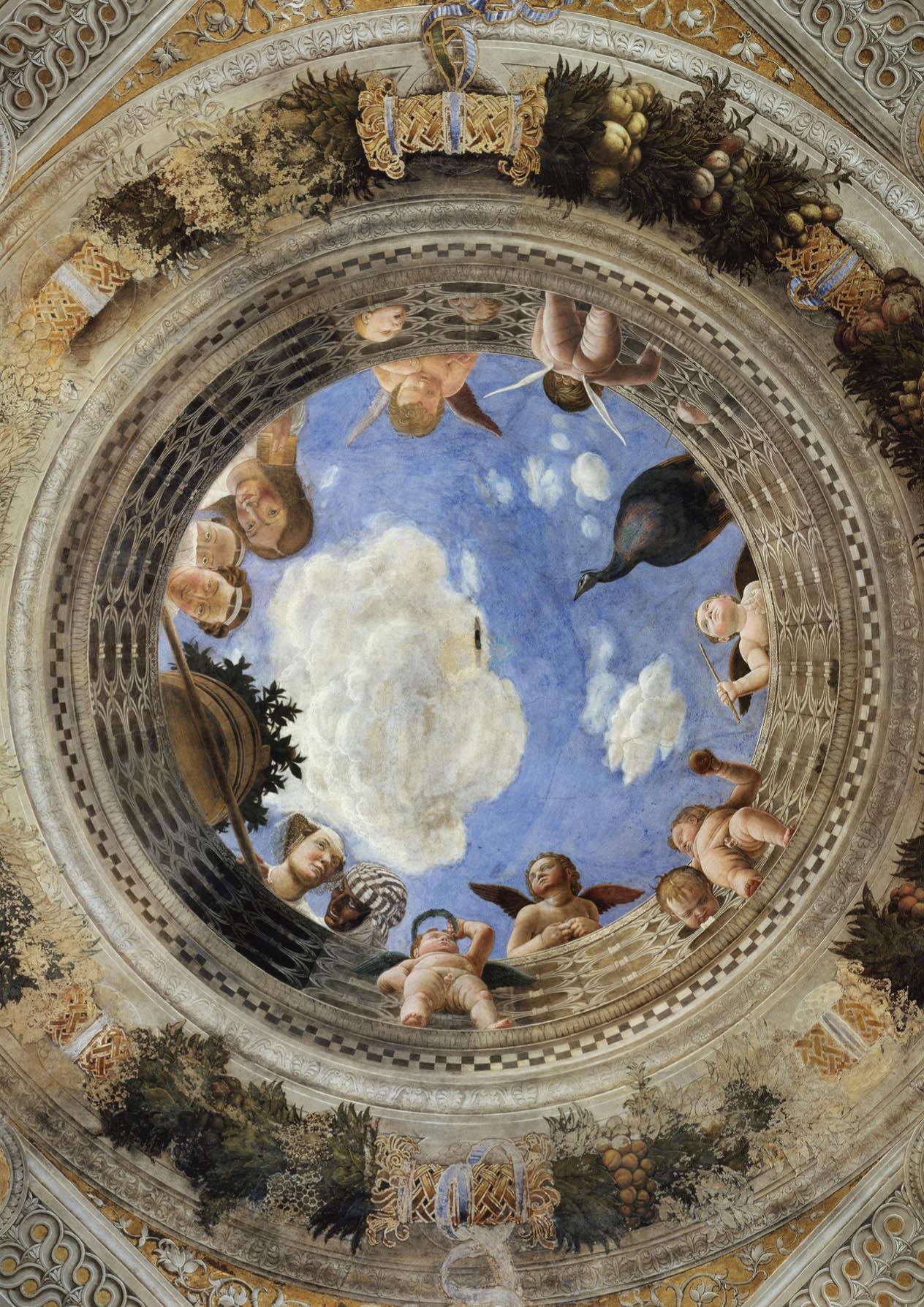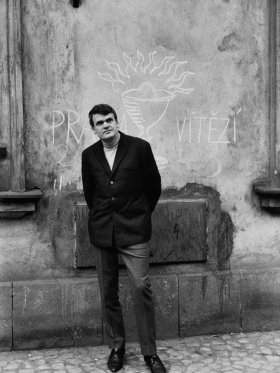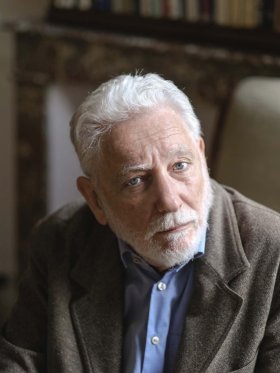What does it mean to pay attention to architecture today? What is architecture in the world-swallowing attention economy where the firing of every neuron is registered in real time and monetized in a vast micro-extractive system? What is architecture when humans are but a continuous source and recipient of data, constantly observed by machine intelligence that sees patterns in seemingly accidental complexity and produces patterns whenever that might leverage financial advantage, which is always? What is architecture when the brain has become the new factory floor, even during sleep, and when work has become a kind of sleepwalking? And is this different from earlier times? Is the very idea that we live in a new world of hyper-commodified attention just part of an older, even ancient, lethal grip on our species? To pay attention to the way we pay attention to architecture now, don’t we need to think about how ‘we’ did so before? How about a little longer history, now that history has become the daily, even second-by-second, history of clicks, searches, posts, purchases, likes and dislikes? Some history then, not in the search of authentic realities from which we have become distracted. On the contrary, a history of the present, a history of designed inattention.
Most obviously, to pay attention to architecture is to look at a building. Not a passing glance but letting it fully take over all attention, even if just for a moment. To look at a building is never simple, normal, or innocent. One has to interrupt the unconscious rhythms of everyday life, slow down, hesitate, stop thinking of anything else and tune the senses into a large seemingly static object – attending to some of its particular qualities: visual qualities of shape, texture, color, light, shadow, reflection, pattern, sequence, rhythm, spacing, scale…; haptic qualities of touch, softness, temperature, humidity, smell, movement, air flow, vibration…; acoustic qualities of reverberation, creaking, wind, muffling, silence…; senses of organic life, decay, organization, inscriptions… and so on. There is no limit to what can be attended to in a building, or ways of attending. Anything perceptible can be engaged, whether a few things or many, in any combination or sequence, for a few seconds or a few hours, intermittently or continuously. Just as a building is composed of countless hidden construction elements, its palpable effect is composed of countless sensations. Assembled materials make buildings that assemble sensations. Architects construct the possibility of consciously tuning into these sensations. Yet to pay attention to architecture is not just to experience sensations, but to attend to them, to watch oneself watching, feel oneself feeling, and hear oneself hearing. Paying attention is an action, a form of self-reflective work.






Share article